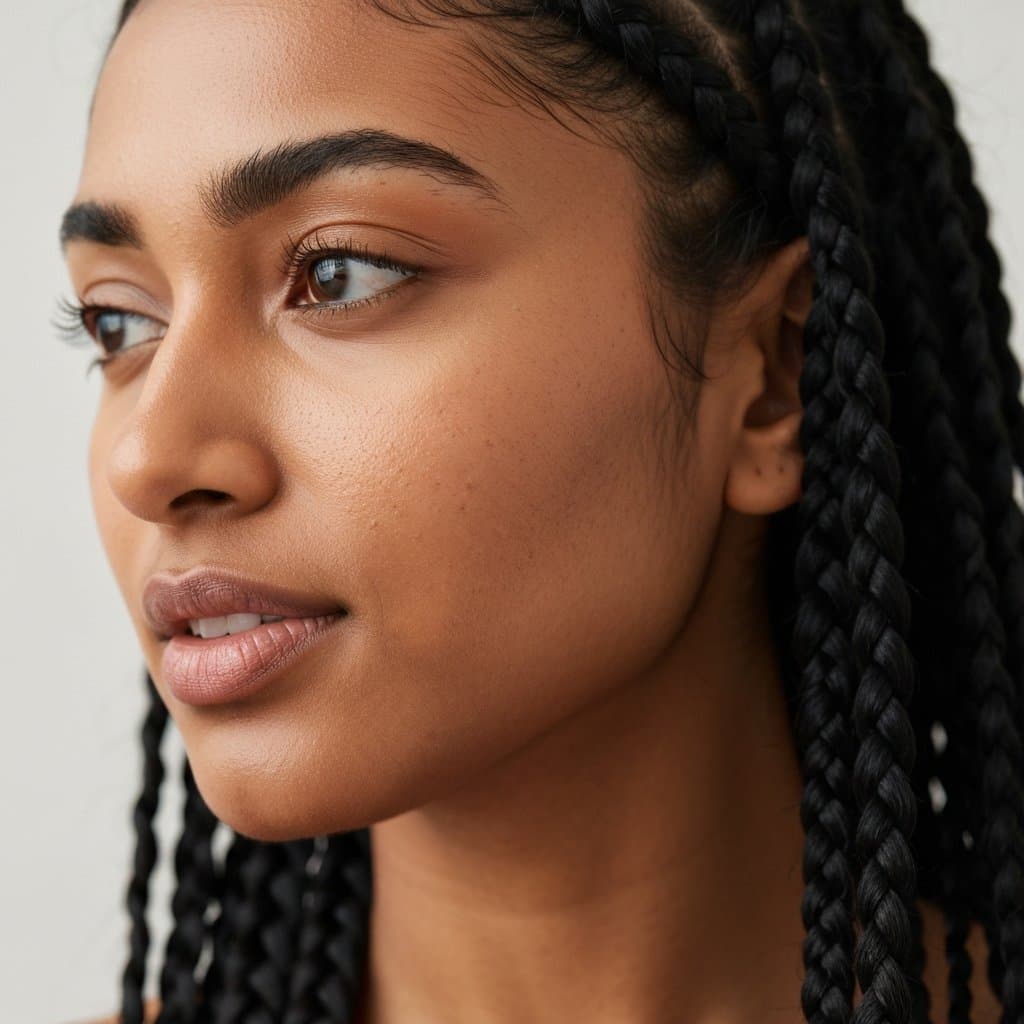The Ultimate Guide to Hair Care Routines by Hair Type | Unlock Your Best Hair
Your Hair's True Potential: Why a Personalized Routine Matters
Have you ever purchased a highly-raved-about hair product only to find it leaves your hair greasy, frizzy, or completely weighed down? The problem likely isn't the product, but its suitability for your specific hair type. Understanding your hair's unique characteristics is the foundational step in building an effective hair care routine that brings out its natural beauty. Generic, one-size-fits-all approaches often lead to frustration and a cabinet full of unused bottles. The secret to consistently healthy, manageable, and stunning hair lies in a tailored regimen designed for your texture, porosity, and density.

This guide is your comprehensive map to navigating the world of hair care. We will demystify the different hair types, from pin-straight to tightly coiled, and provide detailed, actionable routines for each one. By learning to identify your hair's specific needs, you can choose the right products, master the best techniques, and finally stop fighting against your hair's natural tendencies. A proper hair care routine isn't about forcing your hair to be something it's not; it's about providing the nourishment and support it needs to thrive in its most beautiful state. Get ready to unlock your hair's true potential and make every day a great hair day.
First Things First: How to Identify Your Hair Type
Before you can build the perfect routine, you need to know what you're working with. The most widely used system for classifying hair is based on curl pattern, which is broken down into four main types and further into sub-categories. Beyond the curl, factors like porosity (how well your hair absorbs and retains moisture) and density (how many strands you have) play a crucial role. To find your curl pattern, wash your hair and let it air dry completely without any product. Observe its natural shape.
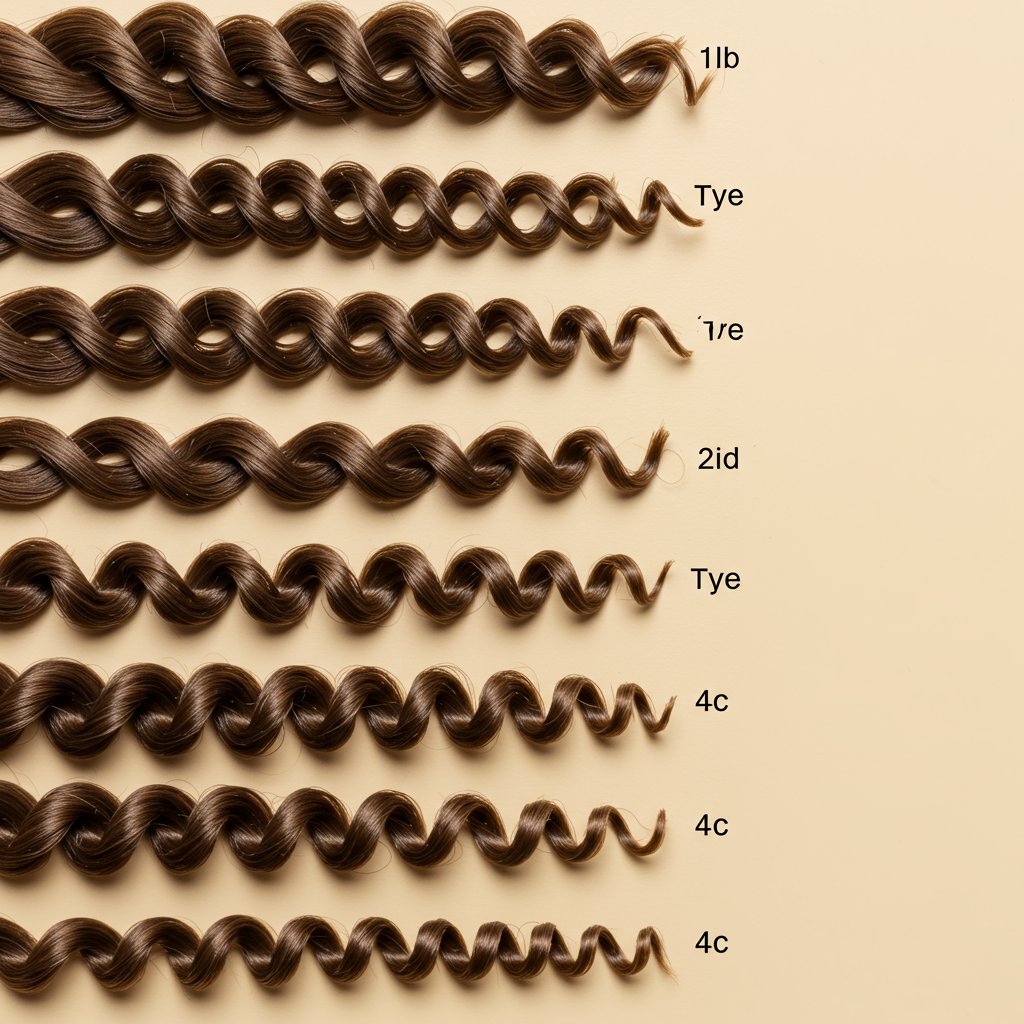
Understanding the Hair Typing System
- Type 1 (Straight): Hair is naturally straight with no bend or wave.
- Type 2 (Wavy): Hair has a natural 'S' shape.
- Type 3 (Curly): Hair forms defined, springy loops or corkscrews.
- Type 4 (Coily/Kinky): Hair has tight coils or zig-zag patterns.
To test porosity, place a clean strand of hair in a glass of water. If it sinks quickly, you have high porosity. If it floats, you have low porosity. If it sinks slowly, your porosity is normal. This knowledge is your key to selecting the right products and building a truly effective hair care routine.
The Sleek and Shiny Regimen: A Routine for Straight Hair (Type 1)
The primary challenge for straight hair is its tendency to become oily and lack volume. Since natural oils from the scalp can travel down the straight hair shaft easily, roots can look greasy while ends may remain dry. The goal of a Type 1 hair care routine is to cleanse effectively without stripping, add body and texture, and protect fine strands from damage. Over-moisturizing is a common mistake that can leave straight hair looking flat and lifeless.
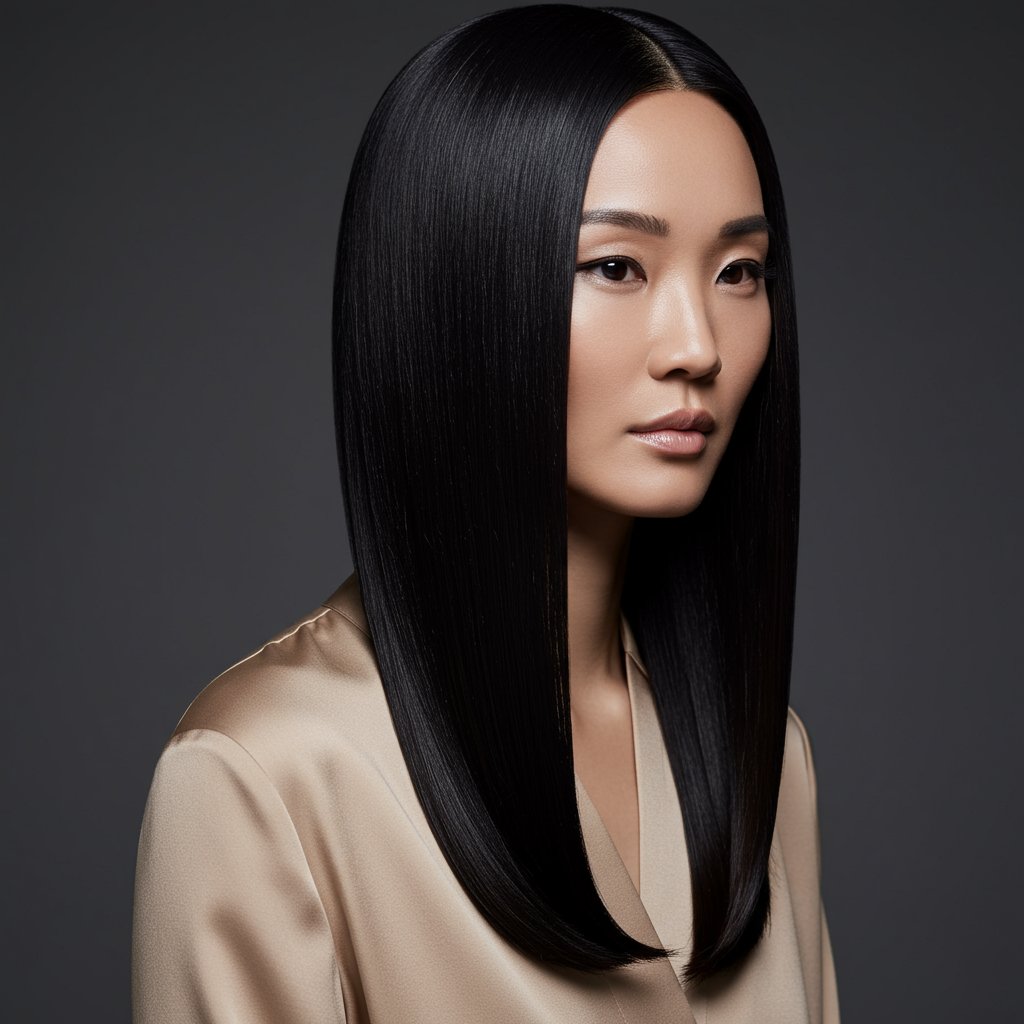
Your Straight Hair Care Blueprint
- Cleansing: Wash every 2-3 days with a gentle, sulfate-free volumizing shampoo. Over-washing can stimulate more oil production. Incorporate a clarifying shampoo once or twice a month to remove product buildup that weighs hair down. Dry shampoo will be your best friend for refreshing roots between washes.
- Conditioning: Apply a lightweight conditioner only to the mid-lengths and ends, avoiding the scalp entirely. This prevents the roots from becoming greasy. A rinse-out conditioner is usually sufficient; heavy leave-in products can be too much for this hair type.
- Styling & Protection: Always use a heat protectant spray before blow-drying or using hot tools, as fine strands are susceptible to damage. To add volume, try blow-drying your hair upside down. A texturizing spray or a light mousse applied to the roots can provide lift and hold without stickiness. Avoid heavy oils and serums; a very small amount of a lightweight shine serum on the ends is all you need.
The Effortless Wave Regimen: A Routine for Wavy Hair (Type 2)
Wavy hair is the beautiful middle ground, but it can be tricky. It's often prone to frizz and can be weighed down easily, causing the waves to fall flat. The ideal hair care routine for Type 2 hair focuses on enhancing the natural wave pattern, fighting frizz, and providing moisture without sacrificing volume. It's a delicate balance of hydration and lightweight definition.

Your Wavy Hair Care Blueprint
- Cleansing & Conditioning: Co-washing (washing with conditioner only) or using a low-lather cleansing conditioner every other wash can help maintain moisture. When using shampoo, choose a sulfate-free formula designed for waves or curls. Condition generously from the mid-lengths to ends, and consider using a wide-tooth comb to detangle while the conditioner is in.
- Defining the Waves: The key to great waves is how you treat them when wet. After showering, gently scrunch out excess water with a microfiber towel or an old t-shirt to prevent frizz. Apply a lightweight mousse or a wave-enhancing cream by scrunching it upwards towards the scalp. This encourages the wave pattern to form.
- Drying & Finishing: Air-drying is often best for waves. If you're short on time, use a diffuser attachment on your blow dryer on low heat and low speed. Hover the diffuser around your head and gently cup sections of your hair in it to dry. Once dry, you can use a small amount of anti-frizz serum or a sea salt spray to add texture and break up any stiffness from styling products.
The Bouncy and Defined Regimen: A Routine for Curly Hair (Type 3)
Curly hair is glorious but requires significant moisture to stay healthy, defined, and frizz-free. The bends and twists in the hair shaft make it difficult for natural oils to travel down, leading to drier ends. A successful hair care routine for Type 3 hair is all about hydration, gentle handling, and using products that encourage curl clumps and definition.
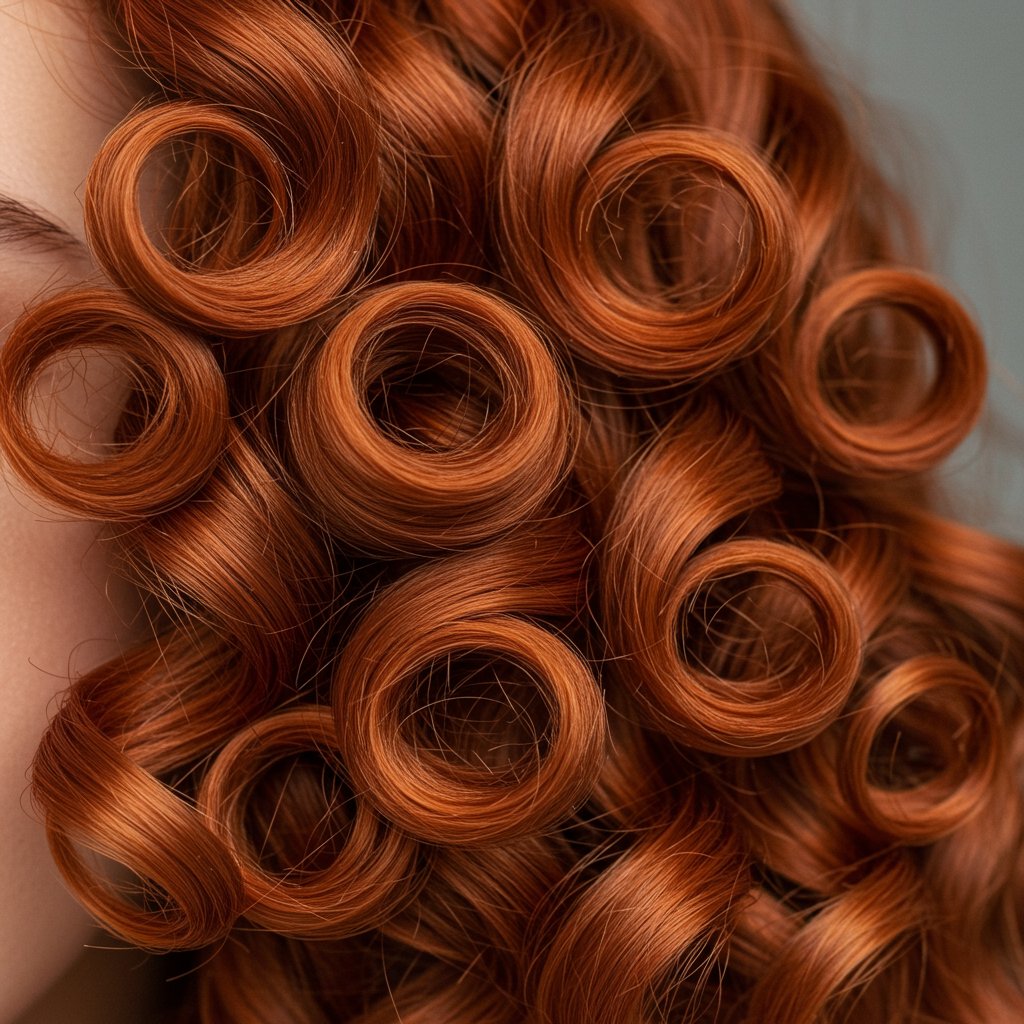
Your Curly Hair Care Blueprint
- Cleansing & Hydration: Limit shampooing to 1-3 times per week using a moisturizing, sulfate-free curl shampoo. Many people with curly hair prefer to co-wash most of the time to preserve moisture. Deep conditioning is non-negotiable. Use a rich, hydrating hair mask at least once a week, leaving it on for 20-30 minutes for maximum absorption.
- Styling for Definition: Apply styling products to soaking wet hair to lock in moisture and encourage curl formation. This is the most crucial step. Rake a leave-in conditioner through your hair first, followed by a curl cream for moisture and a gel for hold and definition. The 'praying hands' method or scrunching can help distribute the product evenly.
- Drying & Protecting: Plop your hair in a microfiber towel or t-shirt for 15-20 minutes to absorb excess water without disrupting your curl pattern. You can then air-dry or diffuse on low heat. To protect curls overnight, sleep on a silk or satin pillowcase or gather your hair into a loose 'pineapple' on top of your head. In the morning, refresh your curls with a spray bottle of water mixed with a little leave-in conditioner.
The Rich Moisture Regimen: A Routine for Coily Hair (Type 4)
Coily hair, with its tight coils and zig-zag patterns, is the most fragile of all hair types. It is extremely prone to dryness and breakage, so the focus of a Type 4 hair care routine is maximum moisture, gentle handling, and protective styling. The goal is to keep the hair hydrated, supple, and strong to retain length and prevent damage.

Your Coily Hair Care Blueprint
- Cleansing & Deep Conditioning: Washing should be infrequent, typically once every 1-2 weeks, with a moisturizing, sulfate-free shampoo or a co-wash. Pre-pooing (applying an oil or conditioner before shampooing) can help protect the hair from being stripped. Weekly deep conditioning is essential. Use a thick, creamy mask, and consider using a hooded dryer or steamer to help the product penetrate the hair shaft.
- The LOC/LCO Method: This is the cornerstone of moisturizing coily hair. After washing, on wet hair, apply products in a specific order to seal in hydration. The LOC method is Leave-in conditioner, Oil, and then Cream. The LCO method is Leave-in, Cream, and then Oil. Experiment to see which order your hair prefers. This layering technique keeps hair moisturized for days.
- Protective Styling & Night Care: Protective styles like twists, braids, and buns minimize manipulation and protect fragile ends from breakage. When styling, use rich butters (like shea or mango) and oils (like castor or jojoba) to seal ends. At night, always protect your hair with a satin bonnet or scarf and sleep on a satin pillowcase to prevent moisture loss and friction.
The Foundation of Health: Scalp Care for All Hair Types
Regardless of your hair's texture, a healthy scalp is the foundation for healthy hair growth. Product buildup, dead skin cells, and excess oil can clog hair follicles, leading to irritation and potentially hindering growth. Integrating scalp care into your hair care routine is a universal step towards achieving your best hair ever. It's like tending to the soil before planting a garden—a crucial, preparatory step for a beautiful outcome.

A clean and balanced scalp environment allows your hair to grow stronger and healthier from the root. Consider using a scalp scrub or a clarifying shampoo with ingredients like salicylic acid or tea tree oil once or twice a month to gently exfoliate and deep clean. A regular scalp massage, either with your fingertips while shampooing or with a dedicated scalp massager, can stimulate blood flow to the follicles, which is believed to encourage healthier growth. For dry, itchy scalps, a few drops of a lightweight oil like jojoba or peppermint oil can provide soothing relief.
Pro Tips for Next-Level Hair Health
Beyond your daily routine, certain universal practices can elevate the health and appearance of any hair type. These professional tips are the finishing touches that separate good hair from great hair. Think of them as long-term investments in your hair's vitality.
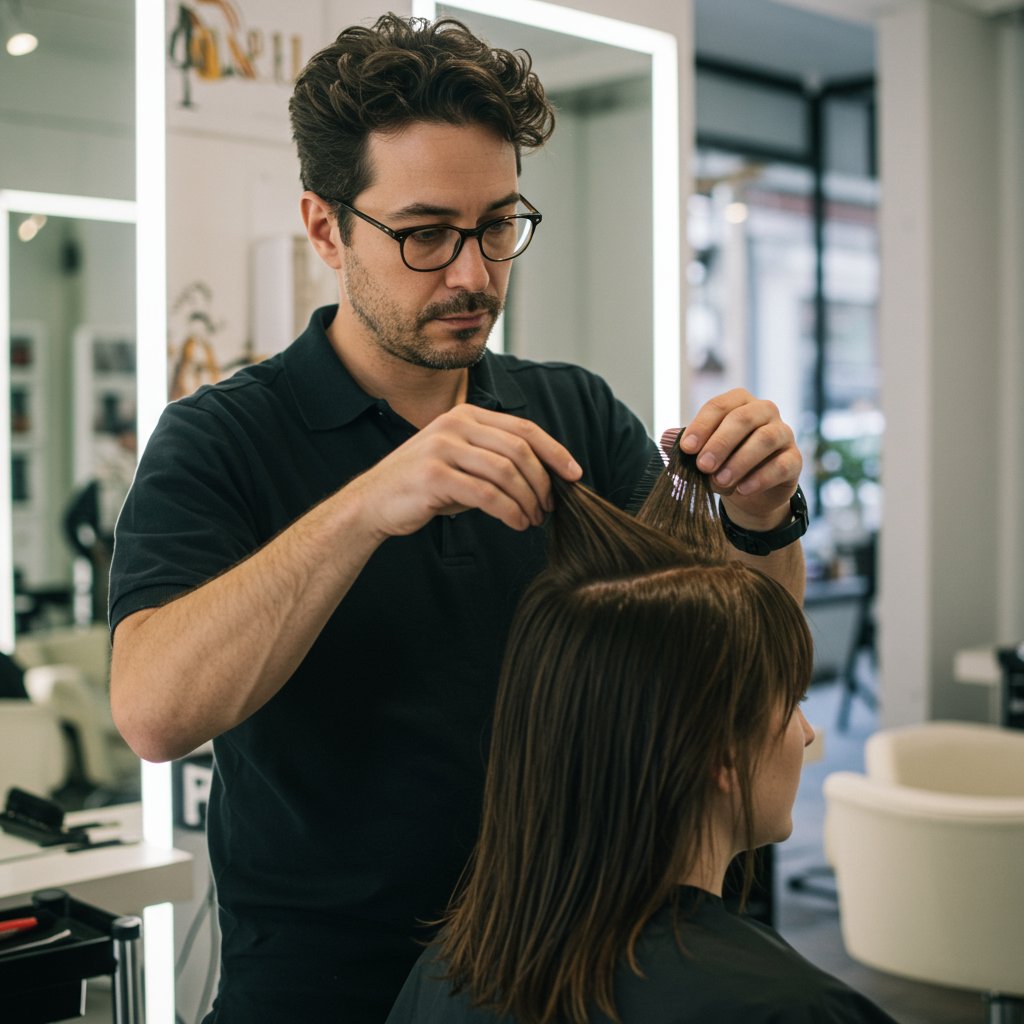
- Get Regular Trims: Trimming your hair every 6-8 weeks is essential for removing split ends. If left untrimmed, splits can travel up the hair shaft, causing more damage and breakage. This is true for all hair types, even if you are trying to grow your hair longer.
- Switch to a Silk Pillowcase: Cotton pillowcases can be rough on hair, causing friction that leads to frizz, breakage, and moisture loss. Silk or satin is a much smoother surface, allowing your hair to glide across it as you sleep, preserving your style and protecting your strands.
- Rethink How You Towel-Dry: Vigorous rubbing with a traditional terrycloth towel is a major cause of frizz and damage to the hair cuticle. Instead, gently squeeze or blot excess water from your hair using a soft microfiber towel or an old cotton t-shirt. This is especially important for wavy, curly, and coily types.
- Know When to See a Professional: While a great home hair care routine is vital, some things are best left to the experts. Professional deep conditioning treatments, glosses, and scalp therapies available at hair salons can provide a level of nourishment and repair that's difficult to achieve at home. An experienced stylist can also provide a personalized consultation to fine-tune your routine.
Frequently Asked Questions About Hair Care Routines
How often should I really wash my hair?
This depends entirely on your hair type. Straight, oily-prone hair (Type 1) may need washing every 1-3 days. Wavy hair (Type 2) can go 2-4 days. Curly hair (Type 3) is often best washed 1-3 times per week, while coily hair (Type 4) can go a week or even two between washes.What's the difference between moisture and hydration?
Hydration refers to the water content within the hair strand, which is increased by using water-based products like leave-in conditioners. Moisture refers to sealing that water in and preventing it from escaping, which is done using oils and butters. All hair types need both, but dry types like curly and coily hair need a greater focus on sealing in moisture.Can my hair type change over time?
Yes, your hair type and texture can change due to hormonal shifts (like puberty, pregnancy, or menopause), aging, diet, and even certain medications. Your hair care routine may need to be adjusted to accommodate these changes.Is it bad to use silicones in hair products?
Not necessarily. Some silicones can cause buildup on fine or low-porosity hair. However, they can also be beneficial for high-porosity or damaged hair by providing slip, reducing frizz, and acting as a heat protectant. Look for water-soluble silicones if you are concerned about buildup.What is the single most important product in any hair care routine?
If you have to choose just one, a high-quality, sulfate-free shampoo appropriate for your hair type is foundational. A clean, healthy scalp is the starting point for everything else. However, for those with curly or coily hair, a deep conditioner or leave-in conditioner might be considered equally essential for maintaining hair health.How do I protect my hair from sun damage?
Just like your skin, your hair can be damaged by UV rays, leading to dryness, brittleness, and color fading. During prolonged sun exposure, wear a hat or use hair products that contain UV filters to protect your strands.Conclusion: Embrace Your Natural Texture with the Right Care
Crafting the perfect hair care routine is a journey of discovery. It’s about listening to your hair, understanding its unique needs, and providing it with the personalized care it deserves. By identifying your hair type and implementing a tailored regimen, you can transform your relationship with your hair from a daily battle to a joyful ritual of self-care. Remember that consistency is key; results won't happen overnight, but with patience and the right techniques, you will see your hair become healthier, more vibrant, and easier to manage.
Forget the quest for a hair type you don't have and start celebrating the one you do. Whether your hair is straight, wavy, curly, or coily, its natural texture is beautiful and unique. Use this guide as your starting point, don't be afraid to experiment, and enjoy the process of unlocking your hair's ultimate potential. Your best hair is waiting.

